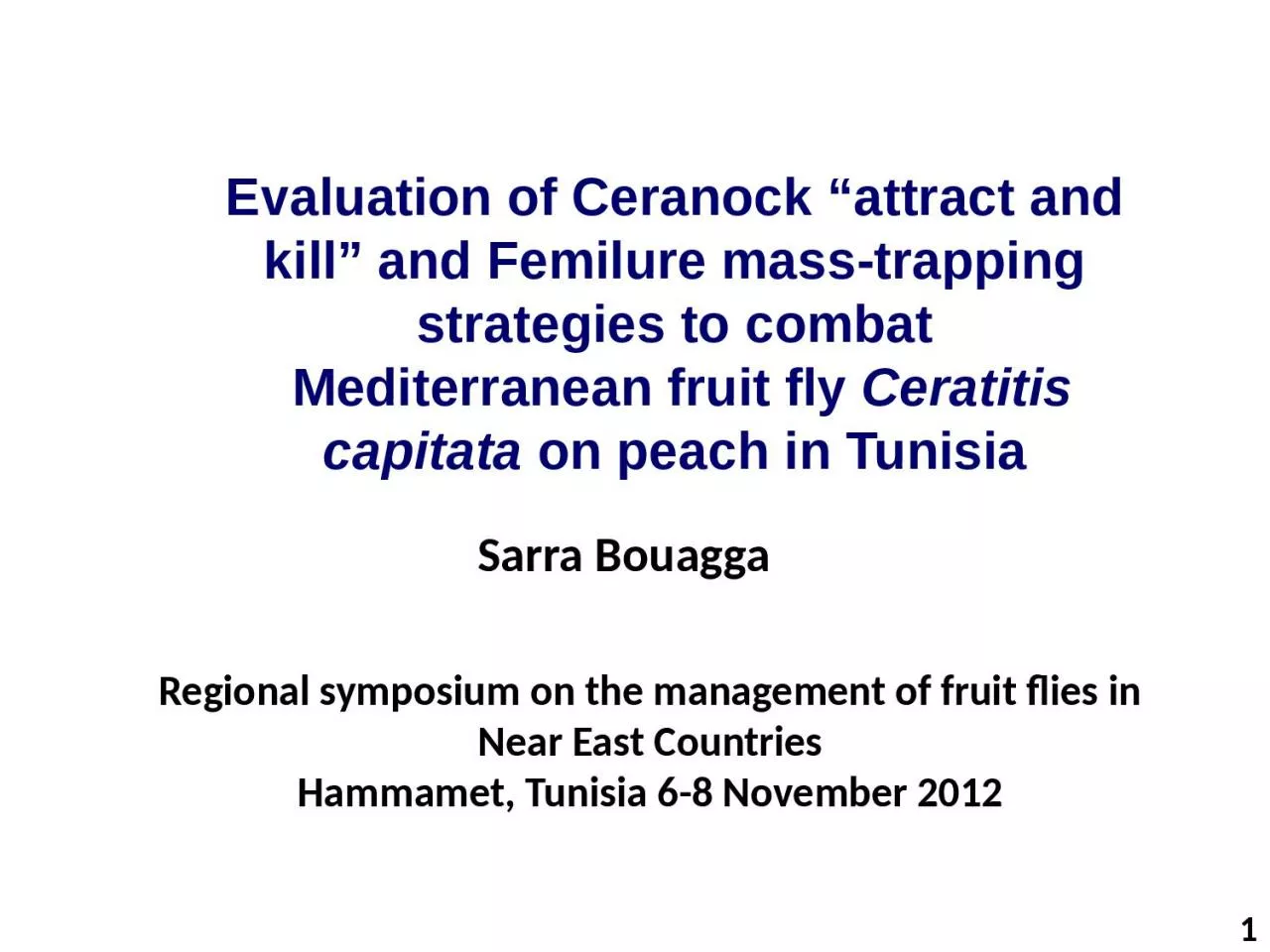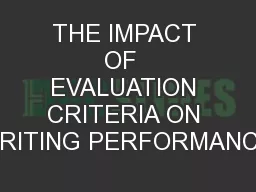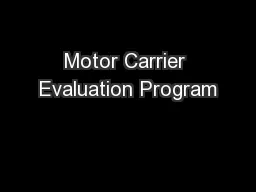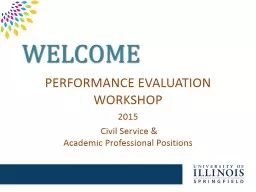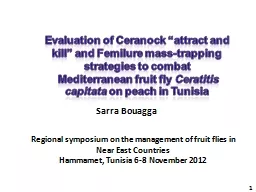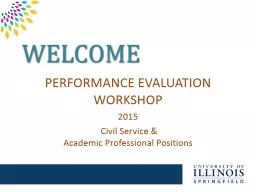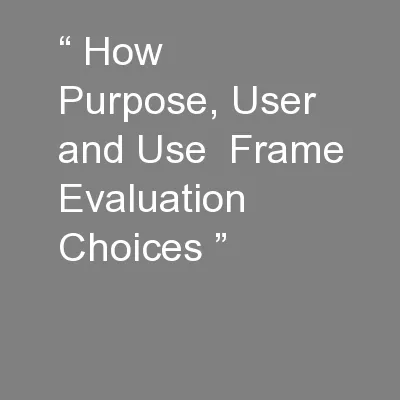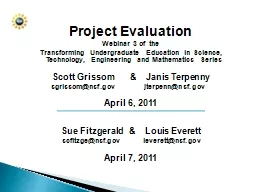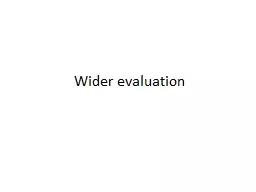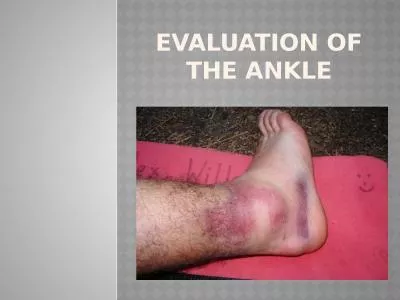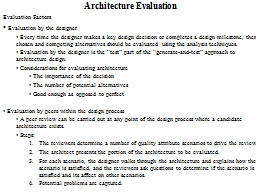PPT-1 Evaluation of Ceranock
Author : adah | Published Date : 2024-01-29
attract and kill and Femilure masstrapping strategies to combat M editerranean fruit fly Ceratitis capitata on peach in Tunisia Sarra Bouagga Regional symposium
Presentation Embed Code
Download Presentation
Download Presentation The PPT/PDF document "1 Evaluation of Ceranock" is the property of its rightful owner. Permission is granted to download and print the materials on this website for personal, non-commercial use only, and to display it on your personal computer provided you do not modify the materials and that you retain all copyright notices contained in the materials. By downloading content from our website, you accept the terms of this agreement.
1 Evaluation of Ceranock: Transcript
Download Rules Of Document
"1 Evaluation of Ceranock"The content belongs to its owner. You may download and print it for personal use, without modification, and keep all copyright notices. By downloading, you agree to these terms.
Related Documents

